- Digital and Design Strategy
- Digital Marketing
- User Experience
- Updated 08/13/2025
Understanding Cognitive Biases in Marketing: A Guide to Persuasive Techniques
Summarize this post
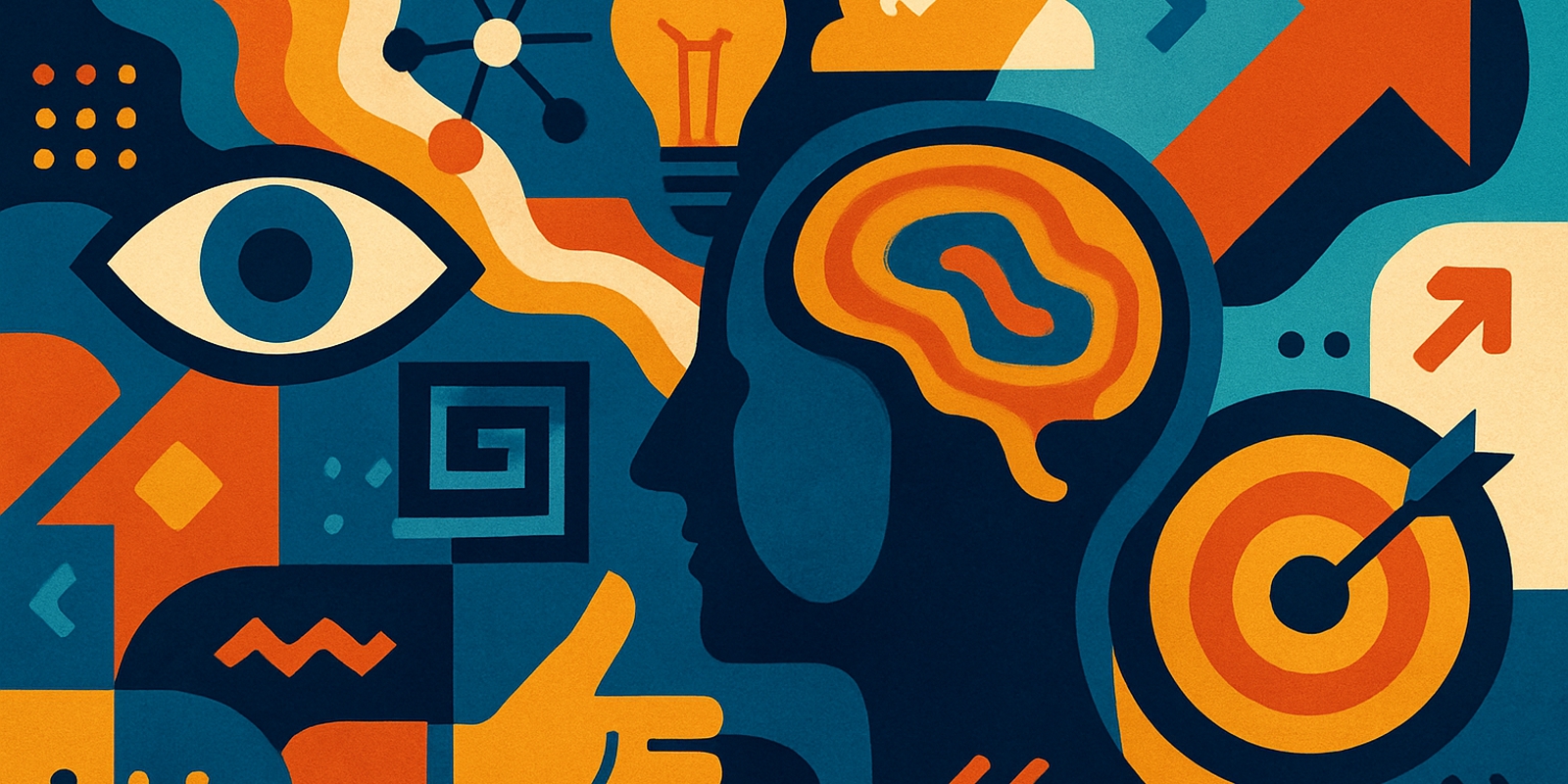
Understanding human psychology is critical in marketing. Cognitive biases—systematic patterns of deviation from norm or rationality in judgment—play a significant role in how consumers perceive information and make decisions. By leveraging these biases ethically, marketers can increase the effectiveness of their campaigns.
Let’s explore ten of these cognitive biases and how you can apply them in marketing.
1. Loss Aversion
We’re more likely to act to avoid losing what we have than take action to gain something new. This is the principle of “loss aversion.”
Loss aversion isn’t about dangling some shiny thing they’ve never had. It’s about reminding them what they already have—and what they stand to lose if they don’t act. I’ve found it’s most effective when someone is further along in their decision-making process.
They’re not worried about losing anything if they’re casually browsing. But once they’re engaged—once they’ve pictured a solution, invested time, or made mental space for change—that’s when you show them what’s at risk.
It’s not “You’ll miss out on this offer.” It’s “You’ve put in the work. Don’t let it slip away.”
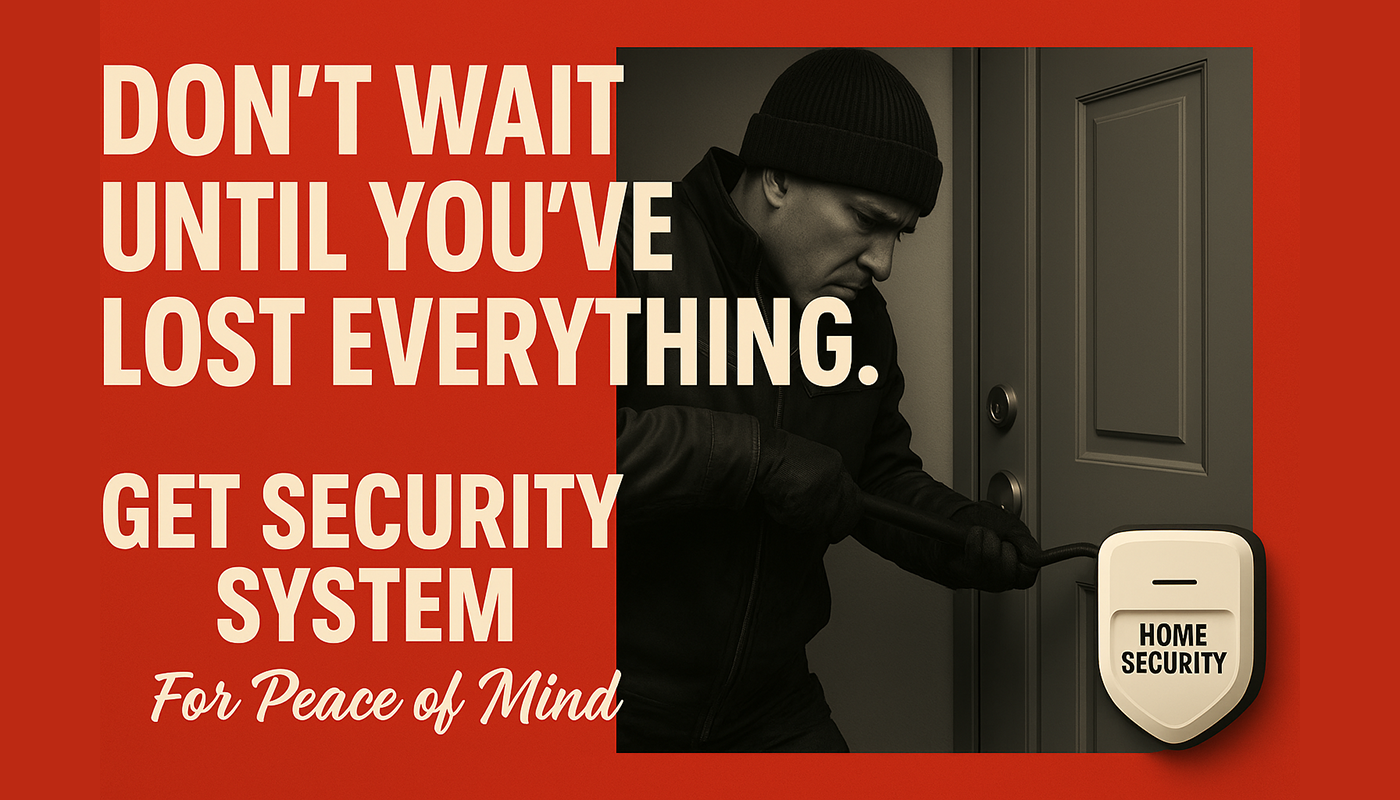
Loss aversion works best when it speaks to what they care about right now—not some hypothetical promise.
For example a financial planning service might use messaging like:
“Without a clear plan, your savings may not last through retirement.”
Another example with a cybersecurity software company:
“You’ve worked hard to build customer trust. A single breach could cost you all of it.”
Kahneman, D., & Tversky, A. (1979). Prospect Theory: An Analysis of Decision under Risk. Econometrica, 47(2), 263–291.
2. Status Quo Bias
The status quo bias is our natural resistance to change, even when we’re not entirely happy. This human tendency creates opportunities and challenges in marketing.
To leverage the status quo bias, you need to make it easy for prospects to establish a new status quo with your brand. For instance, starting with a lower introductory price or offering a free trial can quickly become their “normal.” Once that happens, people prefer sticking with you rather than seeking alternatives, even if they’re not fully satisfied. Change requires effort, and for many, the inconvenience outweighs potential benefits.
While the status quo bias is be an advantage if you’re the status quo, it also means convincing someone to switch from their current status quo to your solution takes deliberate effort.
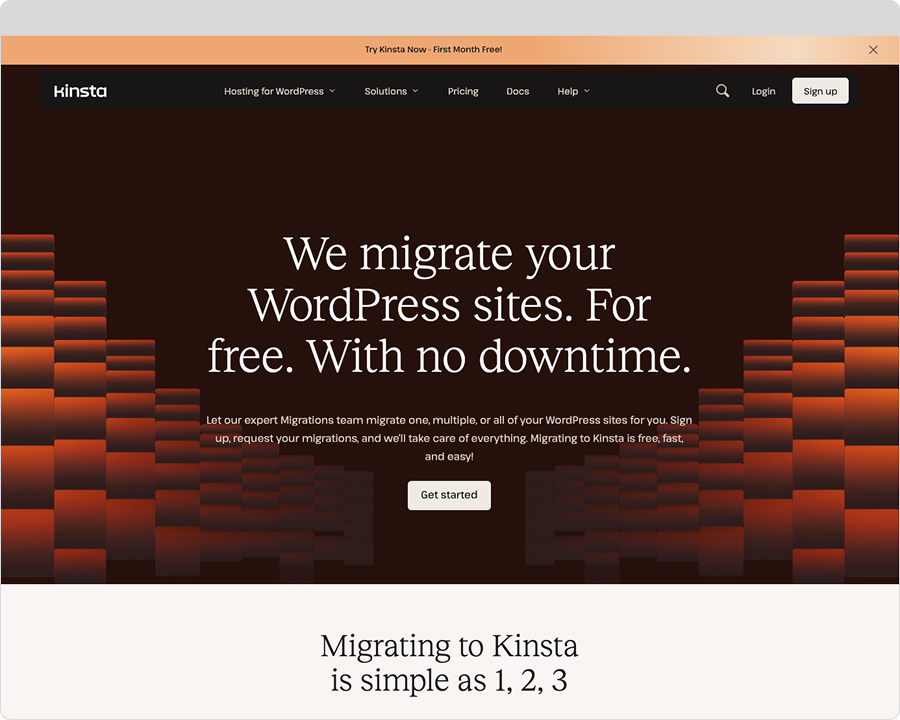
You must reduce friction or increase the perceived value of switching. Offering free migration services, automatic data imports, easy transfers, or similar assistance can significantly ease the transition. Lowering these barriers makes the switch feel less daunting and more worthwhile.
Remember, the easier it is to start—or switch—the more effectively you’ll leverage status quo bias in your marketing.
Samuelson, W., & Zeckhauser, R. (1988). Status quo bias in decision making. Journal of Risk and Uncertainty, 1(1), 7–59.
3. Optimism Bias
Optimism bias shows up when we assume that good things are more likely to happen to us than to others. It’s that quiet voice that says, “Sure, the odds are low… but I bet I’ll be the exception.” In marketing, this bias plays out in how we frame outcomes—especially in messaging.
Think of the way multi-level marketing (or gambling) works. Most people know, deep down, the odds aren’t in their favor. But the messaging paints such a vivid, compelling picture of what life could be like if it works—that you’re living on your own terms, making passive income, reaching personal freedom—that people lean into the possibility rather than the probability. It’s not the math that sells. It’s the dream.
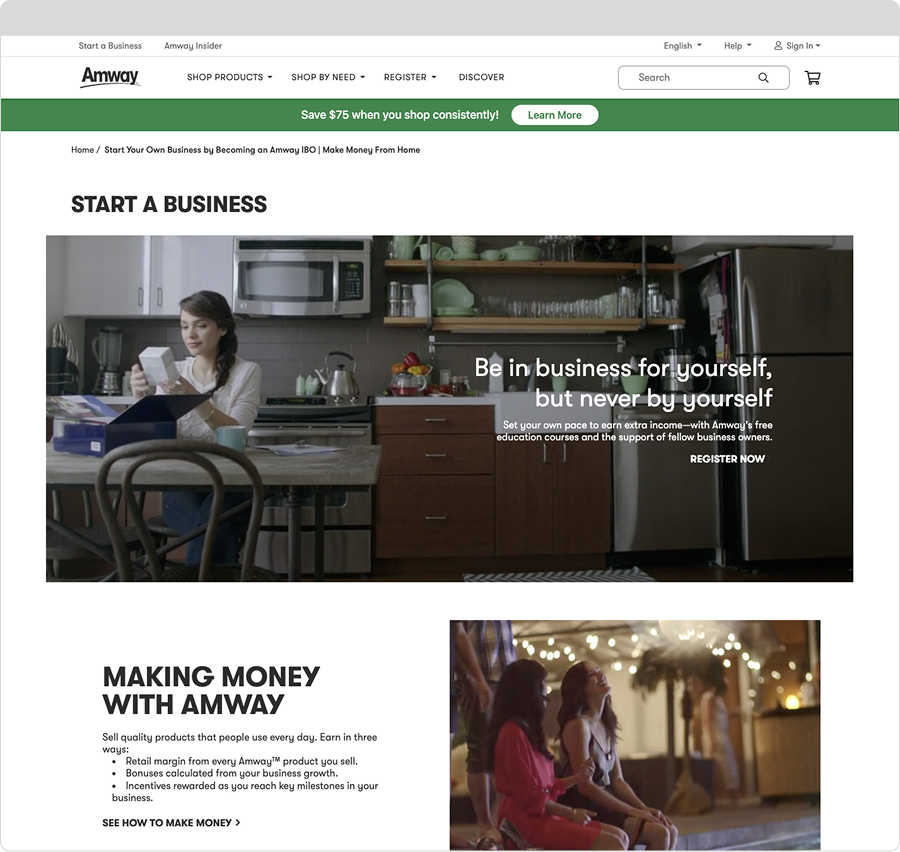
That said, using optimism bias doesn’t have to mean misleading people. It’s not about bending the truth. It’s about showing the realistic upside. You’re helping someone see what’s possible if things go well. As long as you’re grounded in a product or service you genuinely believe in—and you’re not covering up the risks—painting that future can be powerful.
You’re offering hope, not hype.
Sharot, T., Riccardi, A. M., Raio, C. M., & Phelps, E. A. (2007). Neural mechanisms mediating optimism bias. Nature, 450(7166), 102–105.
4. Framing Effect
Framing has everything to do with messaging. Think of it like adjusting the crop on a photo. The way you choose to frame an image changes what people notice—and more importantly, how they feel about what they’re seeing. Messaging works the same way.
Take the classic painting of the farmer and his wife standing in front of a weathered farmhouse. Focus the frame on the couple and it’s about their relationship. Reframe it to spotlight the window in the background and suddenly it feels like someone’s watching them. Zoom in on just the wife and it hints at something else entirely. It’s the same image, but every frame tells a different story.
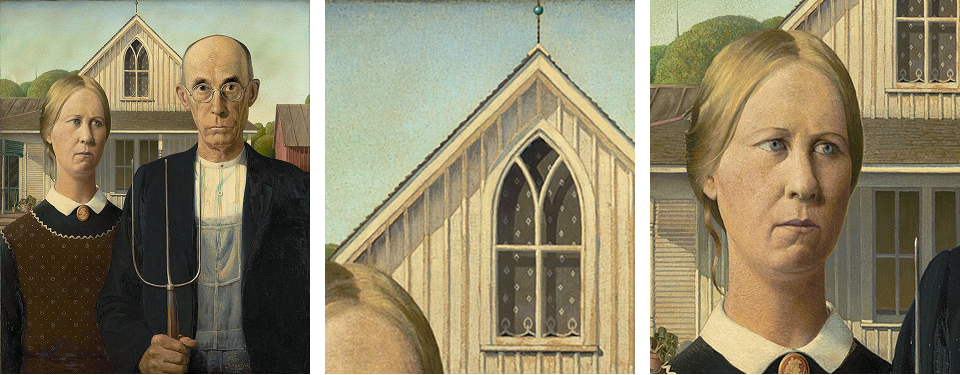
I’ve seen this play out again and again in marketing. Early in my career, we worked with a new condo development that didn’t have on-site parking—a hard sell for most buyers. But when we framed it as an eco-forward, pedestrian-friendly lifestyle, it resonated with the target audience. More recently, we helped a software client reframe their minimalist feature set as intentional:
“Only pay for what you need. No fluff. No bloat.”
That small shift repositioned them from lacking to lean.
Framing is one of the most powerful tools marketers have—and it’s wildly underused. People lean on the easy stuff like “50% off” instead of “$5 off” because it feels more substantial. Or “95% fat free” instead of “contains 5% fat.” These tricks still work, but they’re also tired.
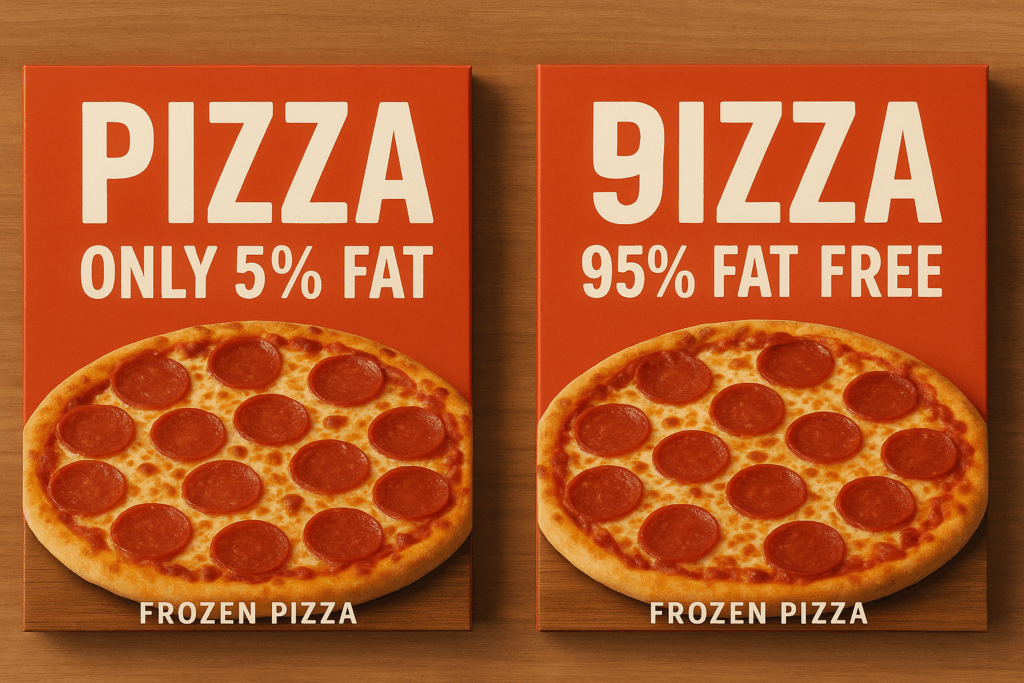
Framing can do more than punch up a price tag. It can elevate your value proposition. Reposition your brand. Change how people perceive trade-offs.
The mistake I see most? Using framing only at the surface level. The real magic is stepping back and reframing the entire story—not just the headline
Tversky, A., & Kahneman, D. (1981). The framing of decisions and the psychology of choice. Science, 211(4481), 453–458.
5. Decoy Effect
The decoy effect might be one of the most powerful pricing psychology tools available to marketers. It works by adding an intentionally less appealing option to make another option seem more valuable—leveraging our tendency to make decisions based on relative comparisons rather than absolute values.
I find this effect explains some curious human behaviors. If you’re buying a $10 pen and learn you could save $9 by driving 15 minutes across town, you’d likely make the trip. But if you’re buying a $1,000 phone with the same $9 savings 15 minutes away, you’d probably skip it. Logically, it’s the identical question—is 15 minutes worth $9?—but our decisions change based on context.
Savvy marketers leverage this through strategic pricing tiers. By placing a decoy option just slightly below your premium offering but with significantly fewer features, the premium package suddenly appears as the obvious choice. The decoy creates a relative value perception that wouldn’t exist without the comparison.
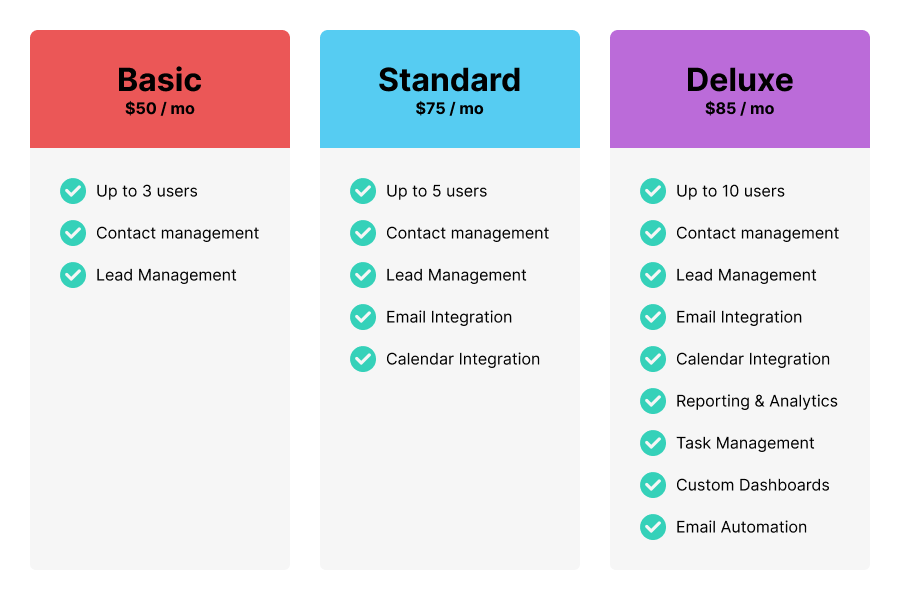
This technique is particularly effective because it works against our natural tendency to select the middle option. People often default to the middle as a “safe” choice when they have three choices. But a well-designed decoy makes that middle option feel like the poorest value, pushing more customers toward your premium tier.
The key is proper positioning—your decoy should be close enough in price to your target offering that the price difference feels insignificant compared to the feature gap between them.
6. IKEA Effect
There’s something about putting something together yourself—even if it’s just screwing on a few legs—that makes it feel more valuable. That’s the IKEA Effect in action. We tend to place higher value on things we’ve had a hand in creating, even if the end result isn’t objectively better than an off-the-shelf alternative.
This works exceptionally well when you let people “build” their own solution. Think about car configurators—by the time you’ve picked the trim, the wheels, the interior, the color, it’s no longer just a car. It’s your car. You’ve invested energy into it. Same with SaaS platforms like Monday.com. Once you’ve set up your custom workflows, it feels less like a tool you’re trying out and more like a system you built.
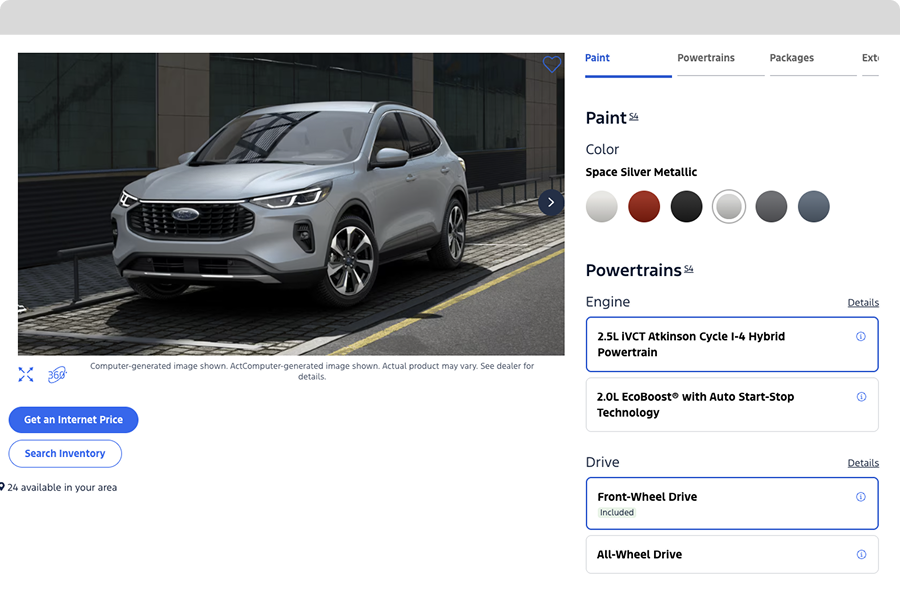
In marketing, you can tap into this by giving your audience a role in shaping their experience. Offer a simple but engaging configurator. Emphasize in your messaging that your product is flexible, customizable, and tailored to them. It’s the same idea behind Burger King’s “Have it your way.” And it doesn’t stop after the sale. Sometimes, leaving the final step for the customer—like prepping the last bit of a meal kit—actually increases satisfaction and retention.
Just make sure you balance it with ease. If you make the experience feel like work, you’ll turn people off. But if you invite them to take part in the creation, you’ll deepen their connection and loyalty.
Norton, M. I., Mochon, D., & Ariely, D. (2012). The IKEA effect: When labor leads to love. Journal of Consumer Psychology, 22(3), 453–460.
7. Sunk Cost Effect
This one’s also known as the gambler’s fallacy. It’s the tendency we all have to keep investing in something simply because we’ve already put time or money into it—even if walking away is the smarter move. Casinos thrive on this bias, as do many late-night infomercials.
You’ve probably seen this in action without realizing it. A brand offers a product for $1 or just the cost of shipping. It sounds almost too good to be true. But once someone’s handed over that dollar, they’re more likely to take the next step. It’s not just about the money—it’s about the tiny psychological commitment. No one wants to feel like they’ve wasted time or cash, even if it’s just a buck.
You can use this same principle with effort instead of money. Break a long form into steps. Once someone’s filled out the first few fields, they’re more likely to finish the whole thing, because if they don’t, all that typing goes to waste.
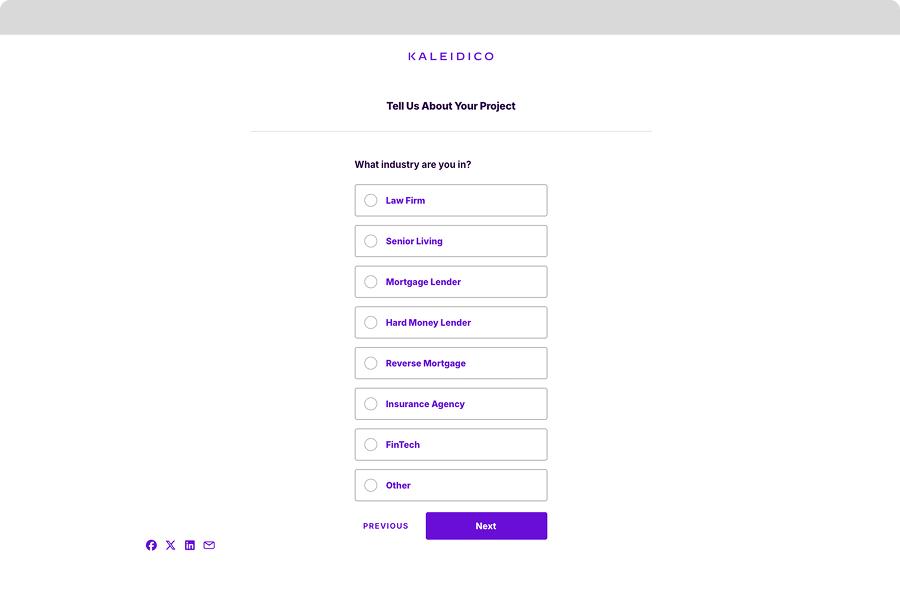
That said, not every use case warrants this approach. It’s not a cheat code. The sunk cost effect only kicks in when the initial investment—time, money, energy—feels meaningful. Applying it to a 2-field contact form or a $3 keychain won’t move the needle. It’s not about tricking people. It’s about helping them finish what they started, when it makes sense to do so.
Arkes, H. R., & Blumer, C. (1985). The psychology of sunk cost. Organizational Behavior and Human Decision Processes, 35(1), 124–140.
8. Reciprocity: Give First, Receive Later
I’ve always been fascinated by how deeply reciprocity is wired into us. This isn’t just marketing psychology—it’s a survival mechanism that’s been with us since we huddled in caves. When someone does something nice for us, we feel a pull to return the favor, often with even greater effort than what was initially given.
This is why content marketing works so well beyond just building awareness. When you consistently provide value through helpful content, people naturally want to give something back. I’ve seen this play out with numerous clients who built loyal customer bases simply by being genuinely helpful first.
But there’s a catch many businesses miss. Giving away something of little value or attaching strings doesn’t trigger true reciprocity. Handing out branded pens at conferences might create impressions, but offering truly useful resources without immediate expectations builds a meaningful connection.
The best applications I’ve seen are free tools that solve real problems, educational resources that provide clarity, or comprehensive audits that deliver genuine insights. The key is identifying what your audience genuinely needs and giving it freely.
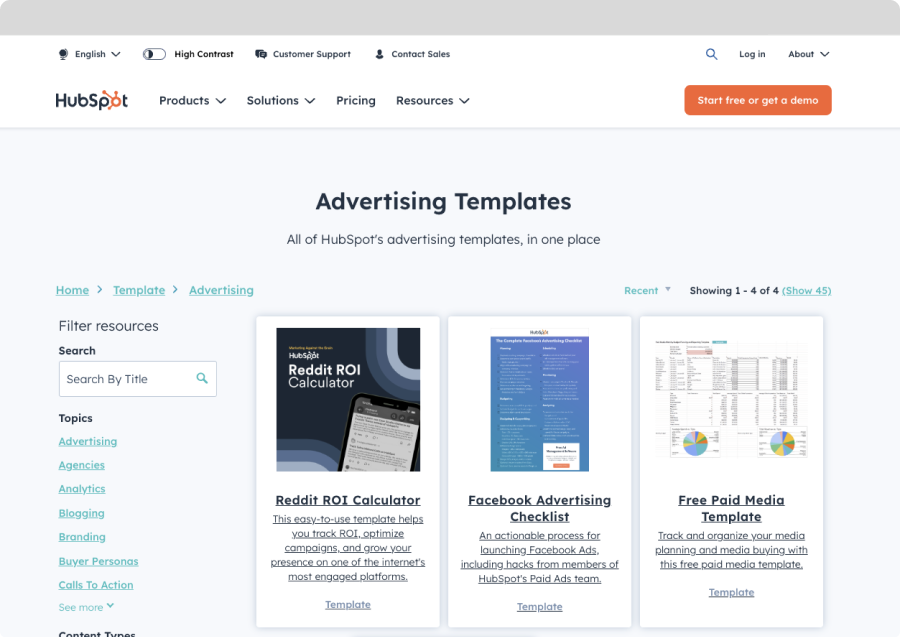
Remember—it’s not a gift if you have to book a meeting to get it. That’s just a transaction dressed up as generosity. Real reciprocity happens when your giving comes with no strings attached, yet somehow finds its way back to you anyway.
Cialdini, R. B., Green, B. L., & Rusch, A. J. (1992). When tactical decisions are defensive: Influence tactics and the norm of reciprocity. Journal of Personality and Social Psychology, 62(1), 5–16.
9. The Isolation Effect
We’re wired to notice what’s different. The isolation effect (or Von Restorff effect) explains why we remember things that stand out from their surroundings. Like many cognitive biases, this one has evolutionary roots—our ancestors gained a survival advantage by paying attention to anything unusual in their environment.
In marketing, this effect gives us a simple but powerful tool: make what’s most important look different, and people will remember it. I see this used constantly in pricing tables, where the “recommended” option gets highlighted with different colors, shadows, or sizes. The same principle works for calls to action—when your primary CTA button uses a color that appears nowhere else on your site, it naturally draws attention and sticks in memory.
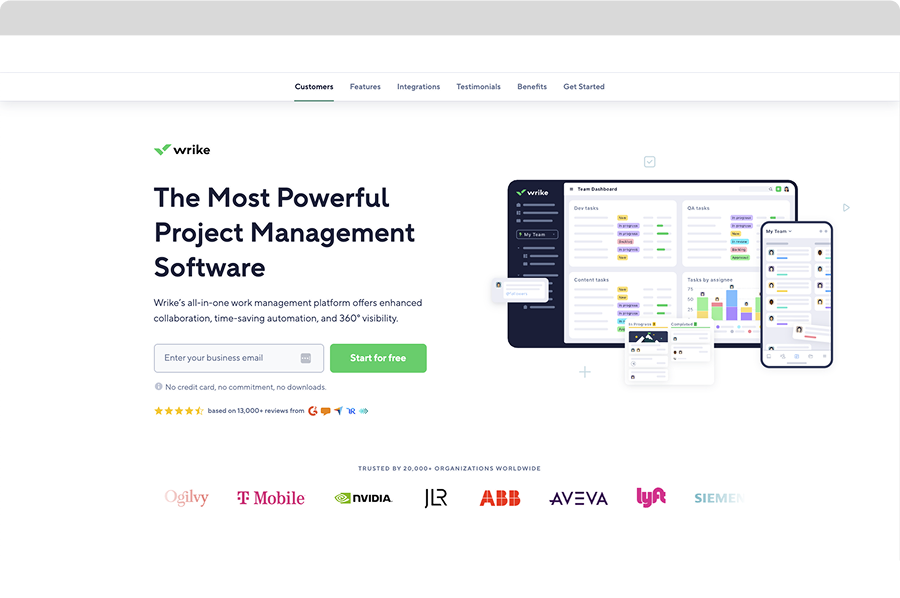
However, the isolation effect extends beyond page elements to entire brand identities. Look at the bottled water market, where most brands use calm, peaceful names like Fiji, Dasani, or Mountain Springs to convey purity and refreshment. Then there’s Liquid Death, whose heavy metal aesthetic completely disrupts category norms. Their distinctiveness makes them instantly more memorable than competitors following conventional patterns.
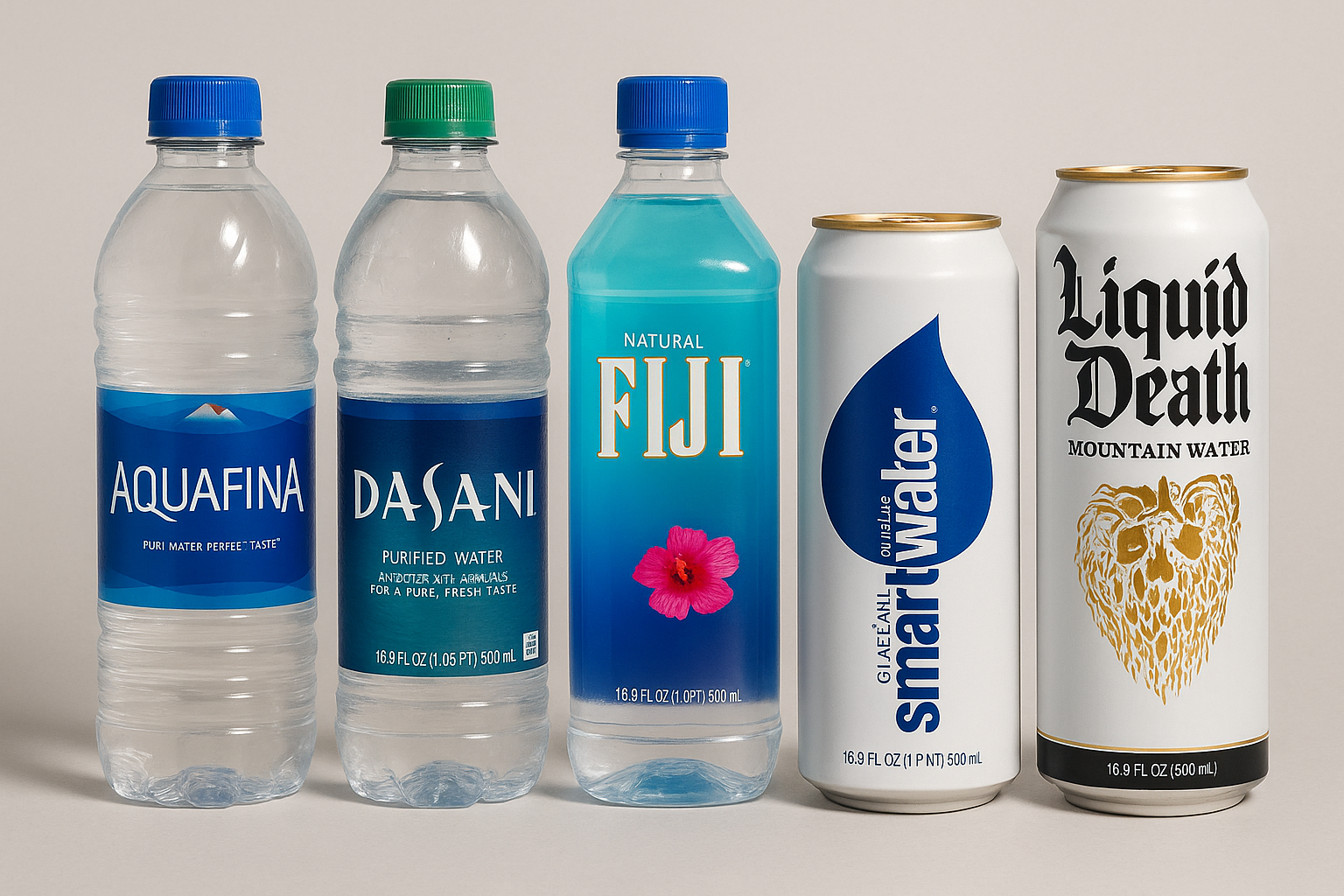
The takeaway is straightforward: identify what you want customers to remember, then make it visually or conceptually distinctive from everything around it. In a world of sameness, difference is what gets noticed and remembered.
Von Restorff, H. (1933). Über die Wirkung von Bereichsbildungen im Spurenfeld. Psychologische Forschung, 18, 299–342.
10. Anchoring
When I talk to clients about pricing strategy, I often share a simple truth: the first number someone hears becomes their measuring stick for everything that follows.
This is anchoring in action. Our brains latch onto initial information as a reference point, whether we realize it or not.
Think about home builders who say, “Most custom homes take two years, but we can complete yours in one.” Suddenly, a year sounds quick rather than painfully long.
I love the Rolls-Royce example. They stopped exhibiting at car shows and moved to aircraft exhibitions instead. After browsing private jets all afternoon, a $300,000 car feels like a bargain. That’s anchoring at work in a brilliant context shift.
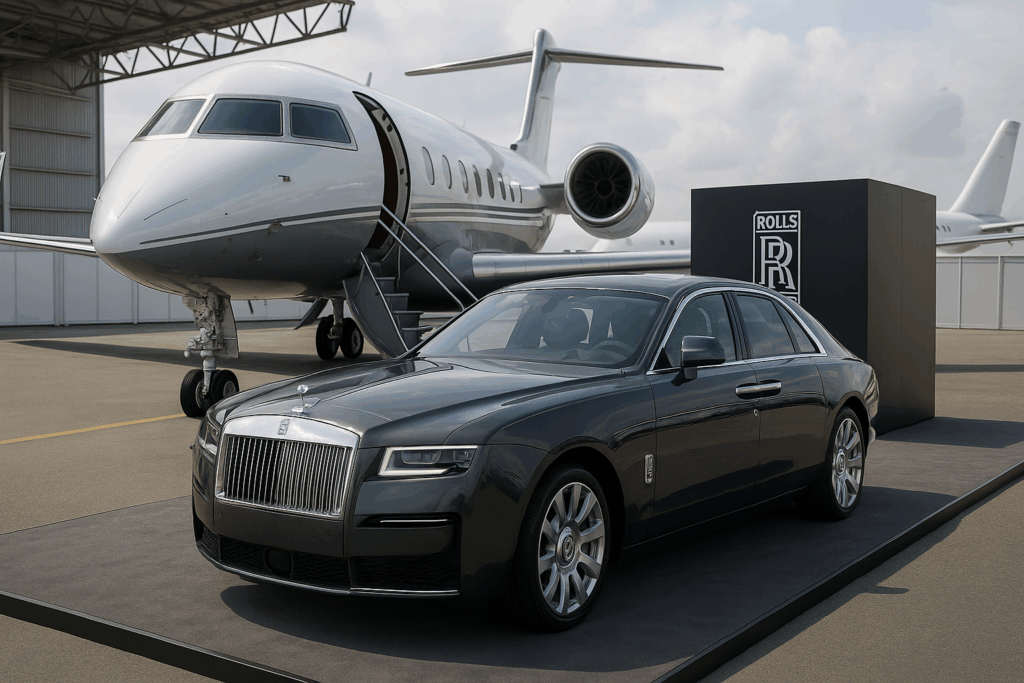
Nonprofits often find that their average donation increases once they set a default amount. Without a value to react to, users either choose not to donate or select a lower amount.
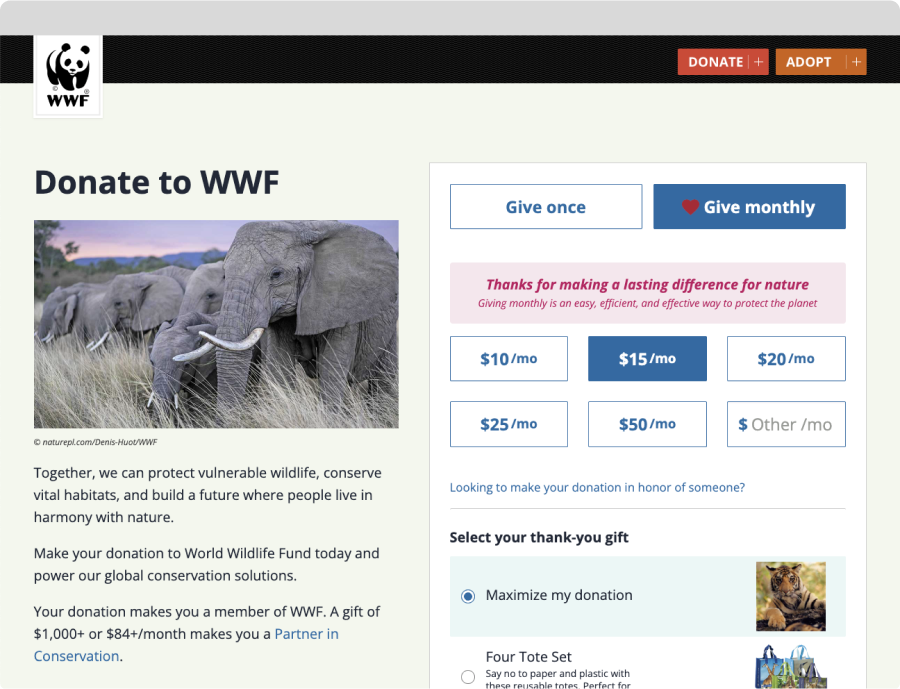
Listing your premium package first makes other options seem more affordable.
Showing the original price before the discount creates a reference that makes the sale price more attractive.
Mentioning industry averages before sharing your metrics can frame your results as exceptional.
The power of anchoring lies in its subtlety. The initial reference point shapes perception without drawing attention to itself. And once an anchor is set, it’s surprisingly difficult to shake.
Tversky, A., & Kahneman, D. (1974). Judgment under Uncertainty: Heuristics and Biases. Science, 185(4157), 1124–1131
Why Cognitive Biases Matter in Marketing
Understanding how people make decisions gives you power. Not the manipulative kind, but the kind that helps you create marketing that genuinely resonates and connects.
These cognitive biases aren’t flaws in human thinking—they’re features that evolved to help us navigate a complex world with limited mental resources. Whether it’s using value attribution to shape quality perceptions, the isolation effect to create memorability, or the peak-end rule to craft meaningful final touchpoints—these principles give us practical ways to align our marketing with how people naturally think.
The most effective marketing doesn’t try to force decisions. It creates contexts where choosing your product feels intuitive. I encourage you to observe these biases in your daily life. The more aware you become of them, the better you’ll understand your customers and serve their needs while growing your business.